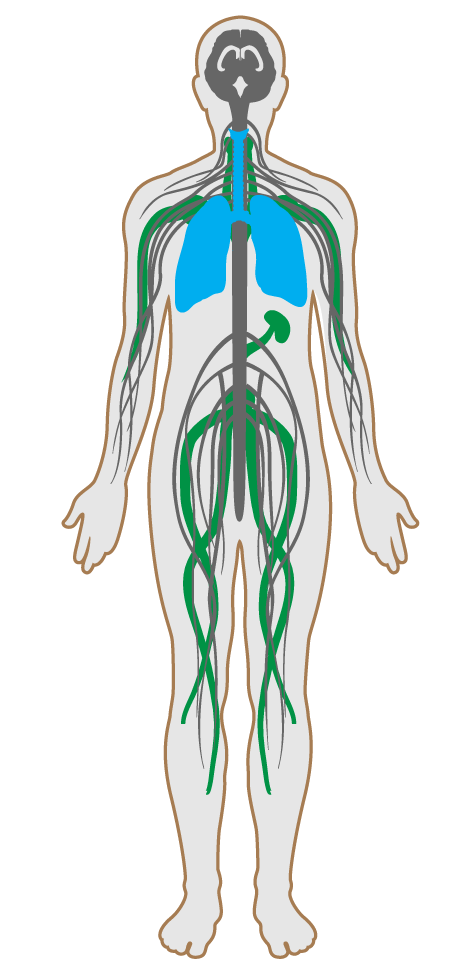Radiant thermal comfort
Features/Comfort/Feature 83
- 72 Accessible design
- 73 Ergonomics: visual and physical
- 74 Exterior noise intrusion
- 75 Internally generated noise
- 76 Thermal comfort
- 77 Olfactory comfort
- 78 Reverberation time
- 79 Sound masking
- 80 Sound reducing surfaces
- 81 Sound barriers
- 82 Individual thermal control
- 83 Radiant thermal comfort
- P4 Impact reducing flooring
Radiant thermal comfort
Intent:
To maximize floor space, reduce dust transmission and increase thermal comfort by incorporating radiant heat and cooling systems into the building design.
BACKGROUND
New technology surrounding radiant temperature systems has led to recent advances making the systems more energy efficient. Additional benefits include saved floor space, lower dust transportation and increased thermal comfort through the separation of temperature controls and outdoor air supply systems. In addition, with the use of radiant heating, the mean radiant temperature in a space can be kept lower compared to convective heating, providing the benefit of a slightly higher relative humidity in winter time.
At least 50% of the floor area in all offices and other regularly occupied spaces meets the requirements set forth in ASHRAE Standard 55-2013 for thermal comfort through the use of one of the following systems:
a.93
Hydronic radiant heating and/or cooling systems.
b.93
Electric radiant systems.

